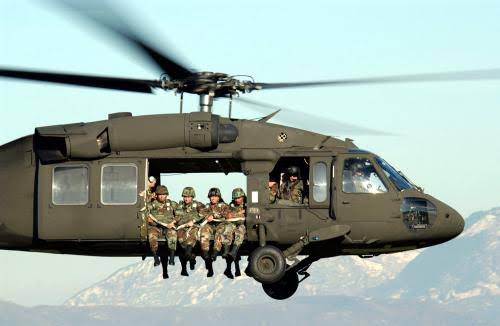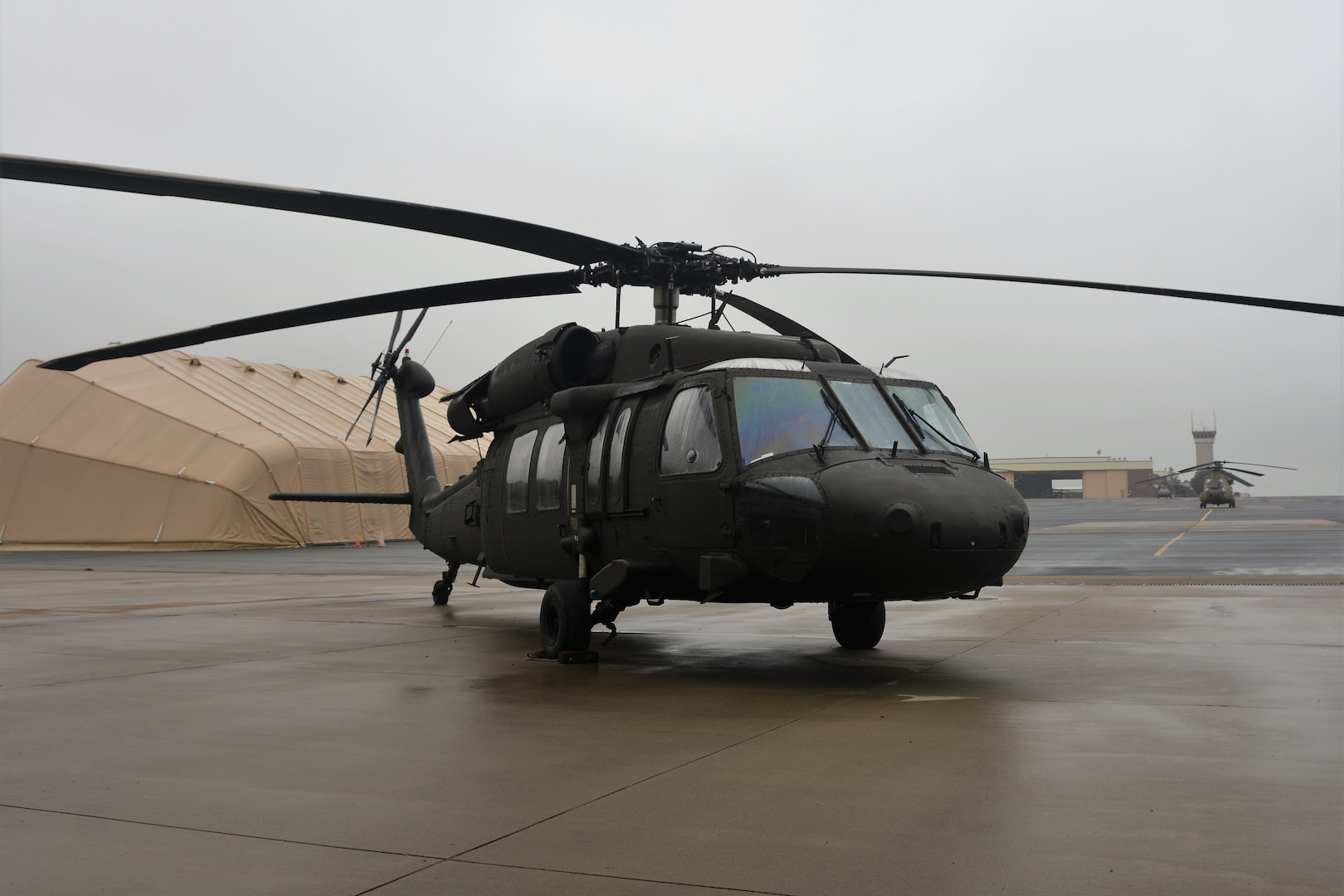The Duty of UH 60 in Modern Armed Force Procedures
The Duty of UH 60 in Modern Armed Force Procedures
Blog Article
The Effect of Lasting Practices on the Future of Aircraft Procedures and Emissions Reduction
As the aviation market encounters increasing examination over its ecological effect, the fostering of sustainable methods arises as an essential pathway toward future airplane procedures and exhausts reduction. Technologies in sustainable aeronautics fuels and improvements in crossbreed propulsion technologies stand at the leading edge of this makeover, encouraging substantial reductions in greenhouse gas emissions. Nonetheless, the successful assimilation of these efforts pivots on a variety of factors, including governing frameworks and sector cooperation. The inquiry continues to be: exactly how will these progressing practices improve the dynamics of air traveling and add to a much more sustainable future?

Introduction of Lasting Practices
Sustainable techniques in airplane operations include a variety of methods targeted at minimizing environmental impact while maintaining functional performance. These methods are vital in the aeronautics industry's dedication to reducing its carbon impact and sticking to global ecological standards. Secret initiatives include optimizing trip paths to reduce gas consumption, improving maintenance procedures to guarantee aircraft run at peak effectiveness, and applying innovative technologies such as winglets and light-weight materials that enhance aerodynamics.

Involving and educating staff on sustainability techniques additionally play an essential function, promoting a society of environmental responsibility within companies. On the whole, the combination of these sustainable techniques not only helps in reducing discharges yet likewise boosts the long-term practicality of the air travel field, ensuring it meets the demands of both customers and regulatory bodies while adding to worldwide sustainability objectives.
Cutting-edge Fuel Alternatives
Various cutting-edge fuel alternatives are becoming critical services to lower the aviation market's reliance on typical nonrenewable fuel sources. Among these options, Lasting Air travel Fuels (SAFs) have gotten considerable interest because of their potential to reduce lifecycle greenhouse gas emissions by up to 80% contrasted to traditional jet fuels. SAFs are obtained from various feedstocks, consisting of waste oils, farming residues, and also algae, making them a versatile alternative for the market.
Another appealing option is hydrogen fuel, which, when used in gas cells, generates only water vapor as a by-product. This zero-emission prospective presents a considerable opportunity for decarbonizing trip procedures, specifically for short-haul trips and local airplane. Additionally, electrical propulsion systems are being explored, leveraging battery innovation to power aircraft. While current battery capability limitations array and payload, ongoing innovations may quickly make electric trips practical for certain applications - uh 60.
Finally, biofuels obtained from biomass are being examined, offering a sustainable choice that can be blended with traditional gas. Jointly, these ingenious gas choices stand for an important step toward achieving a sustainable air travel community, lining up with worldwide discharges reduction targets and boosting the industry's ecological stewardship.
Technological Improvements in Aeronautics

Exactly how can technological improvements improve the future of aeronautics? The assimilation of advanced innovations is crucial in changing aircraft procedures, enhancing performance, and decreasing discharges. Advancements such as electric and hybrid propulsion systems are at the leading edge, encouraging substantial reductions in fuel intake and greenhouse gas discharges. These systems take advantage of advancements in battery innovation and energy administration, allowing airplane to run with a reduced environmental footprint.
Furthermore, the execution of advanced materials, such as light-weight composites, contributes to boosted aerodynamics and gas efficiency. Making use of expert system and device discovering in trip operations maximizes route planning and reduces fuel news burn by making it possible for real-time modifications based upon weather condition and traffic problems. In addition, the development of independent and remotely piloted airplane systems stands to change freight and guest transportation, possibly raising effectiveness while reducing human error.
In addition, lasting aviation technologies, consisting of advanced air website traffic monitoring systems, can streamline procedures and minimize congestion, leading to reduced discharges throughout trip. These innovations jointly represent a paradigm change in air travel, promising a future where sustainability and operational effectiveness are intertwined, therefore supporting the sector's commitment to decreasing its environmental effect.

Regulatory Framework and Compliance
Taking into account the growing focus on ecological stewardship within the air travel sector, the regulatory framework controling aircraft operations is evolving to advertise lasting techniques. Regulatory bodies, such as the International Civil Aviation Organization (ICAO) and different nationwide aeronautics authorities, are presenting rigorous guidelines targeted at minimizing emissions and boosting operational efficiency.
These guidelines frequently include the adoption of Lasting Aeronautics Fuel (SAF), which has been acknowledged as a key part in achieving lower carbon footprints. In addition, conformity with these policies requires airline companies to carry out operational methods and advanced technologies, such as enhanced trip paths and boosted air web traffic monitoring, to lessen gas consumption.
Furthermore, the enforcement of emissions trading schemes and carbon balancing out campaigns is becoming progressively widespread, engaging airline companies to keep an eye on and report their emissions properly. Non-compliance can result in substantial charges, hence pushing operators to prioritize sustainability in their business models.
Inevitably, the evolving regulative landscape not only drives innovation and financial investment in environment-friendly technologies but additionally cultivates a society of responsibility within the air travel industry. As these structures continue to develop, the concentrate on sustainable practices will certainly be essential to achieving the field's lasting environmental objectives.
Future Fads in Airplane Procedures
As the aeronautics sector adapts to an increasingly stringent regulative environment, future patterns in aircraft operations are readied to concentrate on ingenious services that even more improve sustainability and performance - uh 60. Key developments will likely include the adoption of advanced air traffic administration systems, which utilize real-time data and expert system to optimize flight paths, decreasing gas usage and exhausts
One more significant fad is the increased combination of lasting aeronautics fuels (SAFs) These alternatives to standard jet fuel, originated from renewable resources, can dramatically lower lifecycle greenhouse gas emissions. The industry's dedication to SAFs will likely speed up as airline companies work together with fuel producers to make certain accessibility and cost-effectiveness.
Additionally, the push in the direction of electrification and crossbreed propulsion systems is getting energy. Emerging airplane designs will certainly include these innovations, offering quieter and a lot more reliable procedures, specifically for short-haul flights.
Verdict
In verdict, the integration of sustainable methods in airplane procedures holds substantial capacity for emissions decrease and boosted performance. The fostering of lasting aviation gas, paired with developments in hybrid and electric propulsion systems, is vital for minimizing lifecycle greenhouse gas discharges. Optimizing flight paths and accepting innovative technologies add to a quieter and extra eco pleasant aviation market. Jointly, these efforts line up with worldwide sustainability objectives and lead the way for a greener future in aviation.
Innovations in sustainable aviation fuels and developments in crossbreed published here propulsion technologies stand at the forefront of this makeover, promising significant decreases in greenhouse gas discharges.Numerous cutting-edge gas options are emerging as critical options to decrease the aeronautics sector's reliance on traditional fossil fuels - uh 60. Amongst these options, Sustainable Aeronautics Fuels (SAFs) have actually gotten significant focus due to their possible to lower lifecycle greenhouse gas emissions by up to 80% compared to conventional Website jet gas.Another substantial fad is the boosted assimilation of sustainable aeronautics fuels (SAFs) The fostering of sustainable aeronautics fuels, paired with developments in hybrid and electrical propulsion systems, is essential for minimizing lifecycle greenhouse gas emissions
Report this page